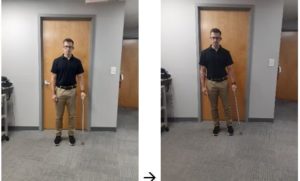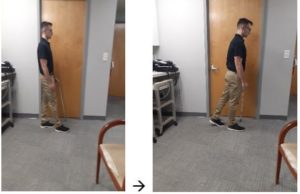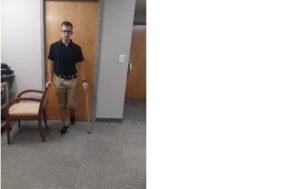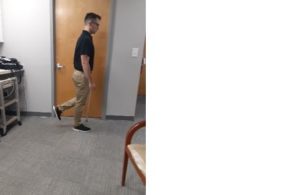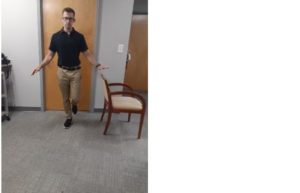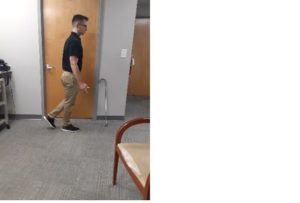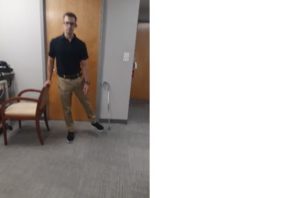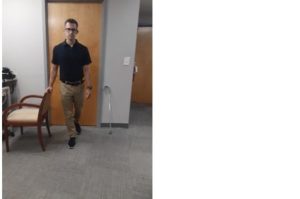Can pharmacological and non-pharmacological sleep aids reduce post-operative pain and opioid usage? A review of the literature
Introduction:
Sleep plays crucial roles in post-operative recovery, pain tolerance and healing process. Studies have shown that post-operative pain could significantly affect quality of sleep. Due to dangers of opioids, it is important to find alternative ways to manage pos-operative pain and encourage better sleep to decrease opioid use and enhance post-surgical recovery.
Zolpidem, a pharmacologic sleep aid, has presented to decrease use of opioid, reduce pain, and increase quality of life but it should not be used long term because it can lead to addiction.
CBT-I: Cognitive behavioral therapy for insomnia is a type of psychotherapy that is used to change thoughts and behaviors to encourage natural sleep. CBT treatments are available through apps and audio tracks, which patient could use on their smartphone devices when needed.
Methods:
11 studies were used to review in this article based on the selection criteria. Eight of the studies found were comparing zolpidem to a placebo or CBT to a placebo; three studies compared both CBT and zolpidem.
Summary of the Studies (Zolpidem):
- ACL reconstruction (a surgery at knee that allows the reconstruction of the anterior cruciate ligament) patients who take zolpidem took significantly less narcotics than those in the placebo group for one-week post-surgery
- Knee arthroscopy (a surgery at knee that do not require large cut) patients who are assigned in the zolpidem group took less hydrocodone/ibuprofen and reported improved post-surgical pain and fatigue
- Rotator cuff repair (a surgery at shoulder to repair the teared tendon) patients who were in the zolpidem group used fewer pain medications
- Total knee replacement (a surgery at knee to replace the knee joint with metal implants) patients in zolpidem group had better sleep quality, greater quality of life, better satisfaction, lower pain scores as well as took less opioid
Summary of the studies (CBT-I):
- A study compared the effects of CBT- I to zopiclone (a drug in the same class as zolpidem) and found that patients in the CBT-I group had improved efficiency in sleep and decreased in frequency of waking up during the night compared to zopiclone and the placebo group.
- In another study, CBT-I groups have demonstrated decreased sleep onset latency, increased sleep efficiency, the most normal compared with CBT-I + zolpidem group or zolpidem group, and those patients maintained their improved sleep at long-term follow-up.
- Researchers have also found that CBT is an effective intervention for patients with cancer, which has resulted in decreases in pain, fatigue, and sleep disturbances
Clinical application:
In Summary, zolpidem is a well-documented sleep aid that was shown to decrease the use of opioid, reduce pain, and increase quality of life when used for a short period of time. However, the type of sleep that zolpidem induces is different than natural sleep, and as a result does not offer the same health benefits. Excessive use of zolpidem and other sleeping pills can damage patient’s health and increases risks for life-threatening diseases.
CBT-I is a valid non-pharmacological alternative to zolpidem when considering how to improve sleep, and ultimately post-operative pain and recovery in patients.
Further studies looking at CBT-I, sleep, and how those two variables are related to post-surgical pain and opioid use could be beneficial to the field of orthopedic surgery. It would be beneficial to find out why zolpidem has better outcomes when the sleep they induce is not natural sleep.
Physical Therapy First Takeaways
If you are an individual who has planned surgery or are currently in pain after surgery, you could consider have a conversation with your provider regarding alternative interventions for pain reduction and improved quality of sleep.
Reference:
Petrie, K., & Matzkin, E. (2019). Can pharmacological and non-pharmacological sleep aids reduce post-operative pain and opioid usage? A review of the literature. Orthopedic Reviews, 11(4). https://doi.org/10.4081/or.2019.8306

